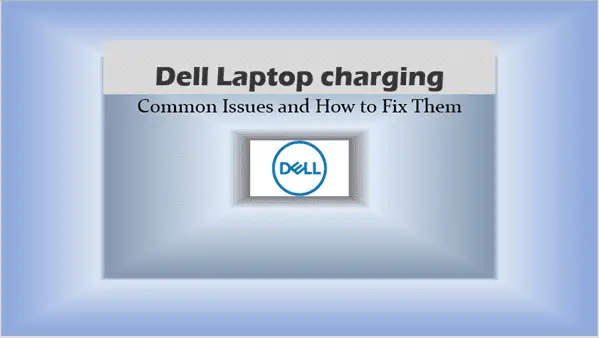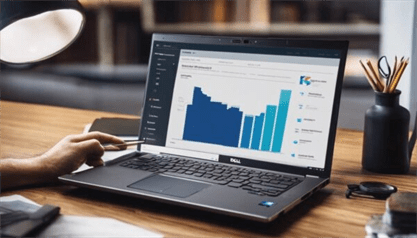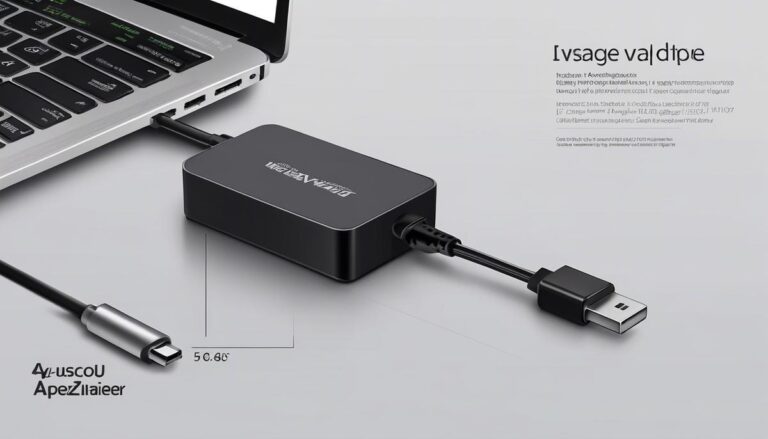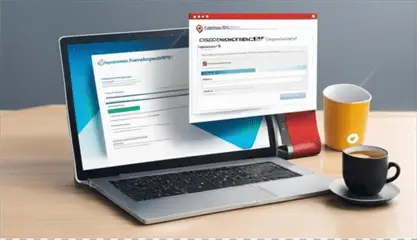Dell Laptop Charging: A Comprehensive Guide to Power Up Your Device
Master Dell Laptop Charging with our comprehensive guide. Learn to troubleshoot common issues, extend battery life, and keep your device powered up.
As a Dell laptop user, understanding the intricacies of your device’s charging system is crucial for maintaining its performance and longevity. Whether you’re dealing with a Dell laptop not charging, a blinking charging light, or simply want to optimize your battery life, this guide has got you covered. Let’s dive into the world of Dell laptop charging and uncover the secrets to keeping your device powered up and ready to go.
Understanding Dell Laptop Charging Basics
Before we delve into troubleshooting and maintenance, let’s cover the fundamentals of Dell laptop charging.
How Dell Laptop Charging Works
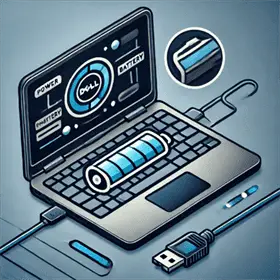
When you plug in your Dell laptop charger, it converts AC power from the wall outlet into DC power that your laptop can use. This process involves several components:
- AC Adapter: Converts AC power to DC power
- Charging Port: Connects the charger to your laptop
- Battery: Stores the electrical energy
- Charging Circuit: Regulates the flow of electricity to the battery
The Dell laptop charging light indicates that power is flowing from the charger to the laptop’s battery. A steady white light usually means everything is working correctly.
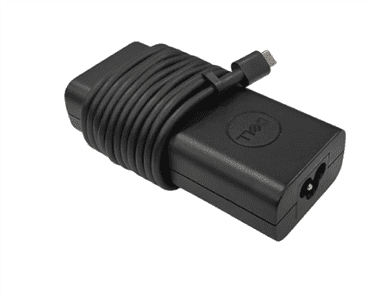
Types of Dell Laptop Chargers
Dell offers various charger types, each designed for specific laptop models and power requirements:
- Dell laptop charger 65W: The most common type, suitable for most Dell laptops
- 90W chargers: For higher-performance laptops
- 130W or higher: For gaming laptops and workstations
Pro Tip: Always use the charger that came with your Dell laptop or an official Dell replacement. Using incompatible chargers can lead to charging issues or even damage your device.
Common Dell Laptop Charging Issues
Despite Dell’s reputation for reliability, users may encounter charging problems. Here are some frequent issues and their potential causes:
- Dell laptop not charging:
- Faulty charger or charging cable
- Damaged charging port
- Battery issues
- Software or driver problems
- Dell laptop charging light blinking:
- Often indicates a battery problem
- Could be a sign of overheating
- Dell laptop not charging when plugged in:
- Loose connection
- Damaged charging port
- Faulty battery
- Dell charger not working, no white light:
- Defective charger
- Problem with the power outlet
- Dell laptop battery not charging, blinking orange:
- Usually indicates a battery failure or incompatibility
Understanding these issues is the first step towards resolving them and ensuring your Dell laptop stays powered up.
Troubleshooting Dell Laptop Charging Problems
When faced with charging issues, follow these steps to diagnose and potentially resolve the problem:
1. Check the Basics
- Ensure the power outlet is working
- Verify all connections are secure
- Inspect the charging cable for any visible damage
2. Examine the Charging Port
Look for:
- Bent or broken pins
- Debris or foreign objects
- Signs of physical damage
Safety First: If you spot any damage, don’t attempt repairs yourself. Contact Dell support or a certified technician.
3. Observe the Charging Light
Different light patterns can indicate various issues:
| Light Pattern | Potential Meaning |
|---|---|
| Steady white | Normal charging |
| Blinking white | Low power adapter |
| Solid amber | Low battery charge |
| Blinking amber | Faulty battery |
4. Try a Battery Reset
For removable batteries:
- Power off the laptop
- Remove the battery
- Hold the power button for 15 seconds
- Reinsert the battery
- Plug in the charger and power on
For non-removable batteries:
- Shut down the laptop
- Hold the power button for 15 seconds
- Release and wait 10 seconds
- Power on while plugged in
5. Update or Rollback Drivers
Outdated or corrupted drivers can cause charging issues:
- Open Device Manager
- Expand “Batteries”
- Right-click on “Microsoft ACPI-Compliant Control Method Battery”
- Choose “Update driver” or “Rollback driver” if issues started after an update
6. Check for BIOS Updates
An outdated BIOS can sometimes cause charging problems. Visit Dell’s support site to check for and install any available BIOS updates for your model.
Maintaining Your Dell Laptop’s Battery Health
Proper maintenance can extend your battery’s lifespan and prevent charging issues:
- Avoid extreme temperatures: Keep your laptop between 50°F and 95°F (10°C-35°C) for optimal battery health.
- Don’t let the battery drain completely: Try to keep the charge between 20% and 80%.
- Use official Dell chargers: Third-party chargers may not provide the correct voltage and could damage your battery.
- Keep your laptop clean: Dust can clog vents and cause overheating, which affects battery performance.
- Update your system regularly: This ensures you have the latest power management features.
- Calibrate your battery occasionally: Once every few months, let your battery drain to about 5%, then charge it fully without interruption.
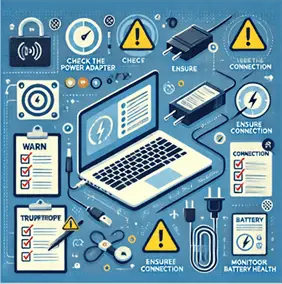
When to Replace Your Dell Laptop Charger or Battery
Sometimes, troubleshooting isn’t enough, and replacement is necessary. Consider replacing your charger if:
- The cable is frayed or damaged
- The connector feels loose or wiggly
- Your Dell laptop is not recognizing the charger
- The charger gets unusually hot during use
For batteries, replacement might be needed if:
- Your Dell laptop battery is not charging at all
- The battery drains extremely quickly
- Your laptop only works when plugged in
- The battery is visibly swollen (a serious safety hazard)
Remember: Always use official Dell replacement parts to ensure compatibility and safety.
Optimizing Dell Laptop Battery Life
To get the most out of your Dell laptop’s battery:
- Adjust power settings: Use Windows power management to balance performance and battery life.
- Reduce screen brightness: A dimmer screen consumes less power.
- Unplug unnecessary peripherals: External devices drain battery power.
- Close unused applications: Background processes consume energy.
- Use airplane mode when possible: Turning off Wi-Fi and Bluetooth can significantly extend battery life.
- Invest in a portable charger: For times when you need extra power on the go.
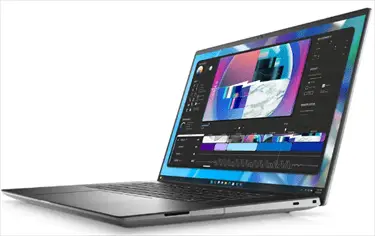
Key Takeaways
- Always use the correct Dell laptop charger for your model
- Regular maintenance can prevent many charging issues
- Observe charging light patterns to diagnose problems
- Keep your laptop’s drivers and BIOS updated
- Proper battery care extends its lifespan
- Don’t hesitate to replace faulty chargers or batteries
- Optimize your laptop’s settings for better battery life
Frequently Asked Questions
- Q: Why is my Dell laptop not charging? A: This could be due to a faulty charger, damaged charging port, or battery issues. Check all connections and try a different power outlet first.
- Q: What does it mean when my Dell laptop charging light is blinking? A: A blinking light often indicates a problem with the battery or inadequate power supply. The color and pattern of the blinking can provide more specific information.
- Q: Can I use a non-Dell charger for my Dell laptop? A: It’s not recommended. Using incompatible chargers can lead to poor charging performance or even damage your laptop.
- Q: How long does a Dell laptop battery typically last? A: With proper care, a Dell laptop battery can last 2-4 years. However, this varies based on usage patterns and the specific model.
- Q: My Dell laptop is plugged in but not charging. What should I do? A: First, check all connections. If the issue persists, try a different charger or perform a battery reset as described in the troubleshooting section.
- Q: How can I improve my Dell laptop’s battery life? A: Adjust power settings, reduce screen brightness, close unused apps, and avoid extreme temperatures to extend battery life.
- Q: Is it bad to leave my Dell laptop plugged in all the time? A: Modern Dell laptops have safeguards against overcharging, but it’s generally best to unplug once fully charged to prevent heat buildup and maintain battery health.
- Q: How do I know if my Dell laptop battery needs replacement? A: Signs include very short battery life, the laptop only working when plugged in, or visible swelling of the battery.
- Q: Can a Dell laptop charging port be repaired? A: Yes, but it’s often a job for professionals. If you suspect a damaged charging port, contact Dell support or an authorized repair center.
- Q: How often should I calibrate my Dell laptop battery? A: Calibrating once every 2-3 months can help maintain accurate battery life readings and overall battery health.
By following this guide, you’ll be well-equipped to handle most Dell laptop charging issues and maintain your device’s power system effectively. Remember, when in doubt, don’t hesitate to reach out to Dell’s official support for assistance. Keep your Dell laptop charged and ready for whatever tasks come your way!
Posts Related to Dell Laptop charging:
- How to Unlock Keyboard on Dell Laptop: Expert Tips and Tricks
- What is a VPN and how does it work – (and why it’s worth it)
More Information:
